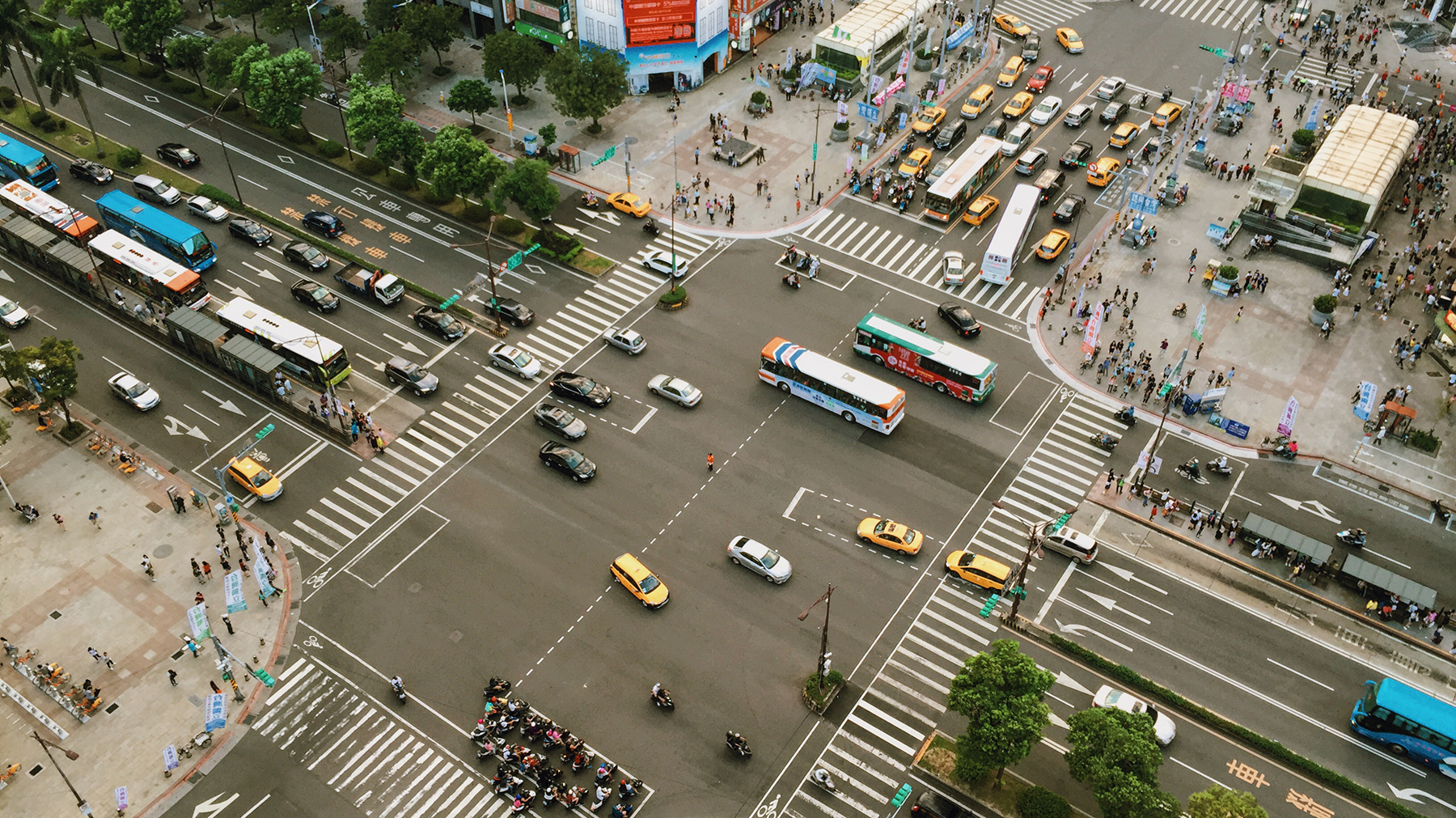When it comes to planning for transformative technologies like autonomous vehicles, urban planners – whose job it is to project and prioritize transportation investments – have fallen behind and the consequences could be severe.
Only one quarter of 38 cities surveyed by a recent Bloomberg study prioritized AV planning in the last year, and fewer than one in ten cities have been working on AVs for more than three years.
These results come on the heels of a National League of Cities report, which conducted a content analysis of city and regional transportation planning documents from the 50 most populous cities, as well as the largest cities in every state – a total of 68 communities.
Only six percent of transportation plans, at that time, even considered the potential effects of driverless technology, and only three percent of plans took into account private transportation network companies (TNCs) such as Uber or Lyft, even though TNC’s operate in 60 of the 68 markets.
“We have discovered a widening gap between innovation in the private sector, the expressed preferences of citizens, and the visions of city planners regarding transportation investment,” the NLC concluded.
Whether you live in a city or not, these findings should be cause for concern because experts believe connected and automated vehicles could be the key to solving some of our most pressing urban and regional problems.
Take the environment, for instance: Transportation has surpassed all other sectors as the biggest contributor to greenhouse gas emission, and 60 percent of all transportation spawned emissions come from light-duty vehicles, according to the Environmental Protection Agency.
But there is hope. By 2050, connected and autonomous vehicles could lead to a 44 percent reduction in fuel consumption, according to a recent Energy Information Agency report. And the Institute for Transportation and Development Policy released a report, along with a plan of action for vehicle electrification, automation, and ride-sharing in urban areas, where they estimate the potential ceiling for reducing carbon emissions from automobiles at an astonishing 80 percent.
AV tech could also save lives – lots of them. Car accidents killed 37,461 people in 2016, up 5.6% from 2015, according to the latest data released by the National Highway Traffic Safety Administration. That’s the equivalent of one 747 plane crashing every two weeks.
Even the intermediate steps of introducing level one and two advanced driver assist systems, however, is paying off. Vehicles with automatic emergency braking, for example, see a 40% reduction in rear-end collisions, which is the number one traffic incident in the US.
But urban planners need to be mindful of the darker side of autonomous vehicles as well.
As for congestion, “autonomous vehicles will increase – not decrease – traffic in downtown areas,” according to a recent joint World Economic Forum and Boston Consulting Group report. While AVs will reduce the number of cars and overall travel time around cities as a whole, the study discovered the effect is not evenly distributed. Concentrated downtown areas will potentially see an uptick in congestion.
And if cars get so smart they stop running red lights, speeding, or parking illegally, city officials expect a significant reduction in their city budgets, according to Governing, which conducted the first national analysis of how city revenues might be affected by AVs.
Parking fees are a critical funding source for the Austin Transportation Department, for example, accounting for nearly a quarter of its total budget. Austin’s transportation director, Robert Spillar was hit by a realization last year. “Half my revenue for transportation capacity and operations improvements is based on a parking model that may be obsolete in a dozen years,” he told Governing.
Bottom line, it’s easy to get distracted by the technology – after all, AVs are the bright new shiny object in the room. But, we have to remember that it’s not about the technology; it’s about solving problems.
Engineers build tools to solve problems – that is their contribution to society. The role of the urban planner, on the other hand, is to find innovative ways to prescribe those tools so that, indeed, problems get solved.
So, planners; start planning. Harness the good that AV tech has to offer, and mitigate the bad.
Otherwise, you will just be reacting.
Rob Fischer is President of GTiMA and a senior tech and policy advisor to Mandli Communications’ strategy team. GTiMA and Mandli Communications are both proud partners of the Wisconsin Autonomous Vehicle Proving Ground.
Follow Rob on Twitter (@Robfischeris) and Linkedin.




